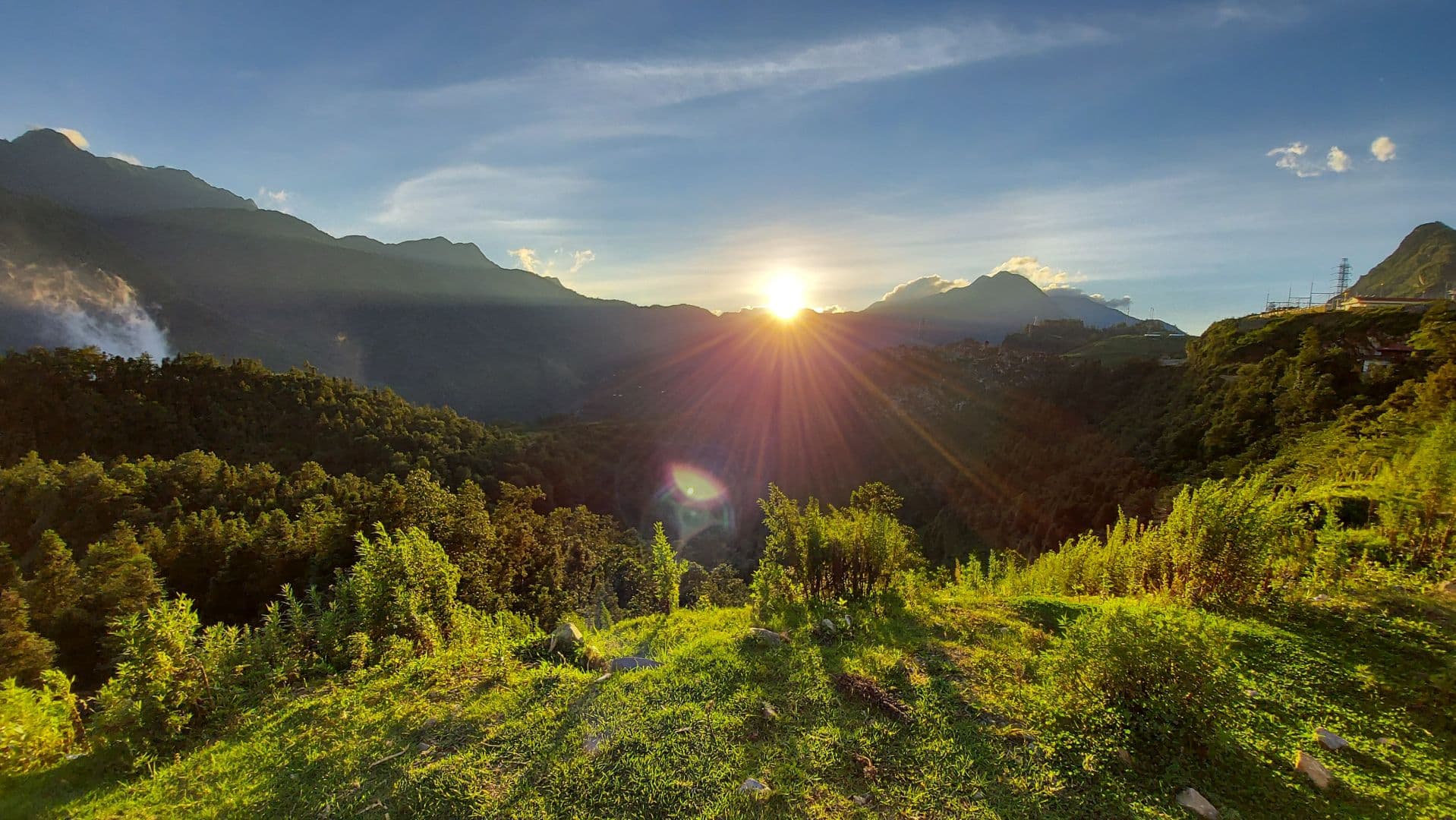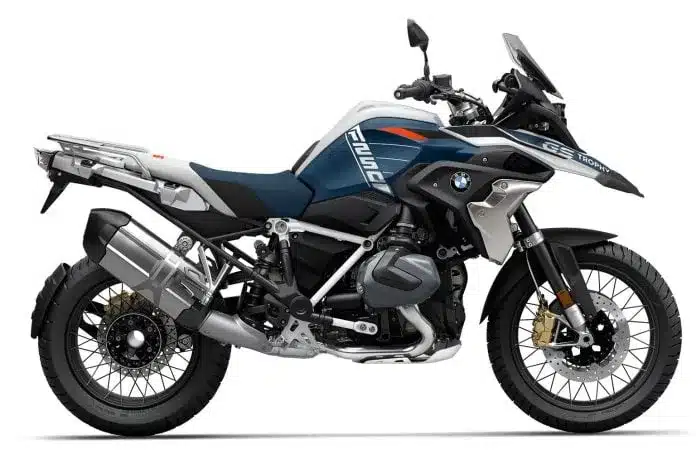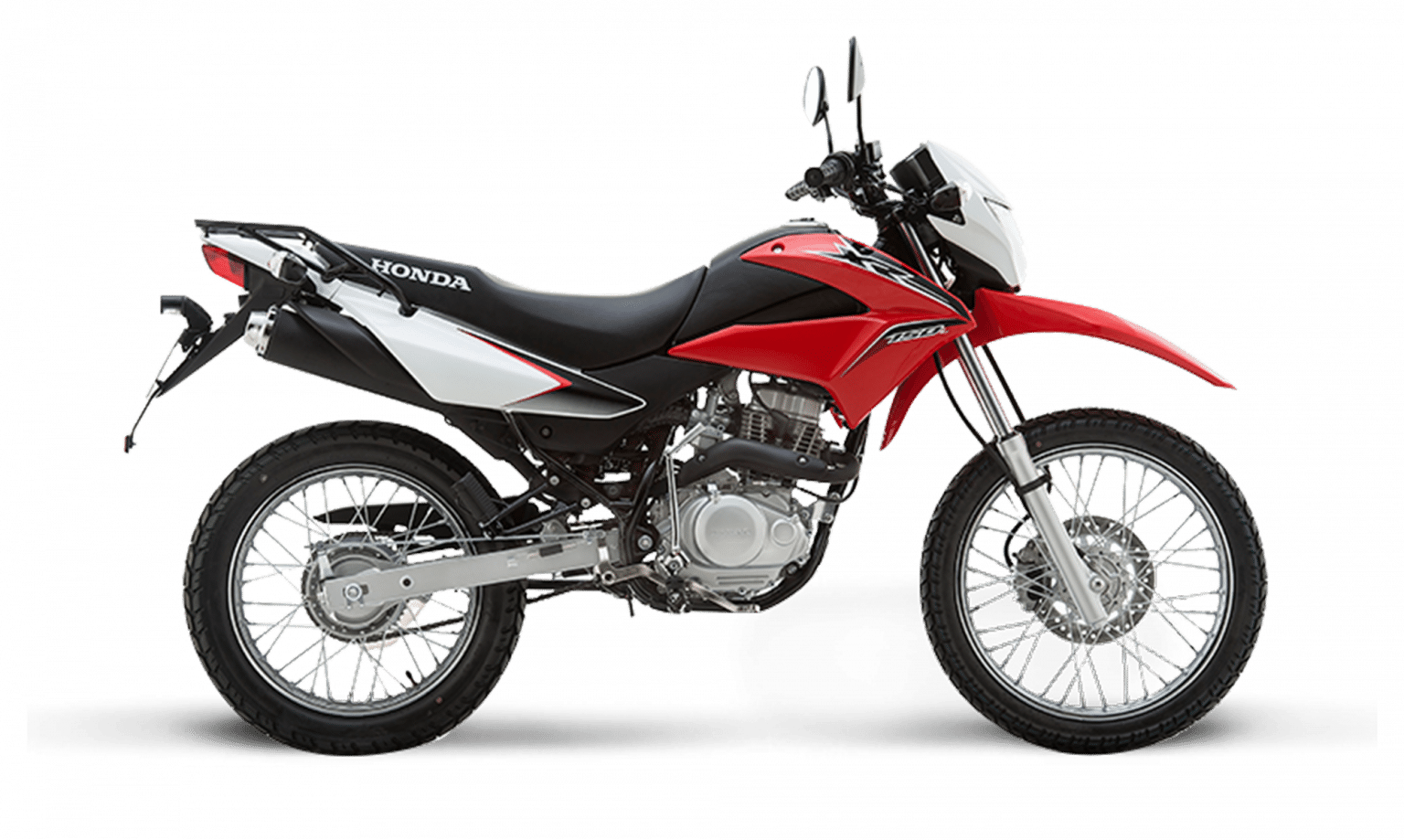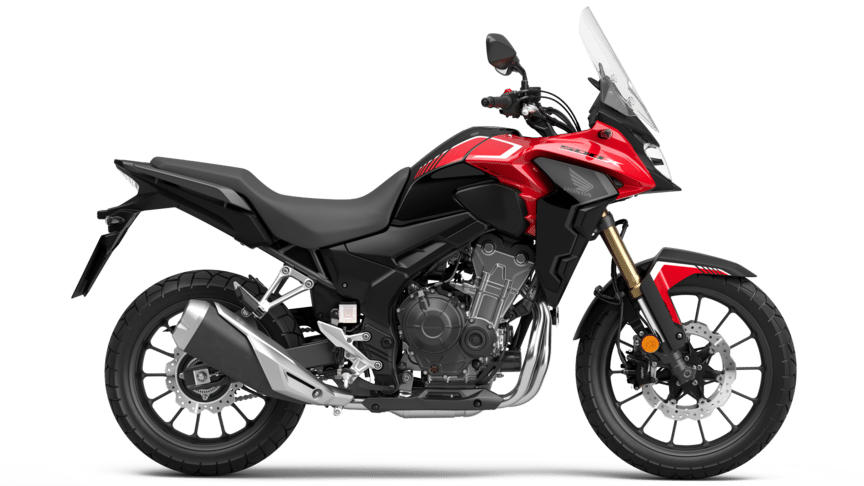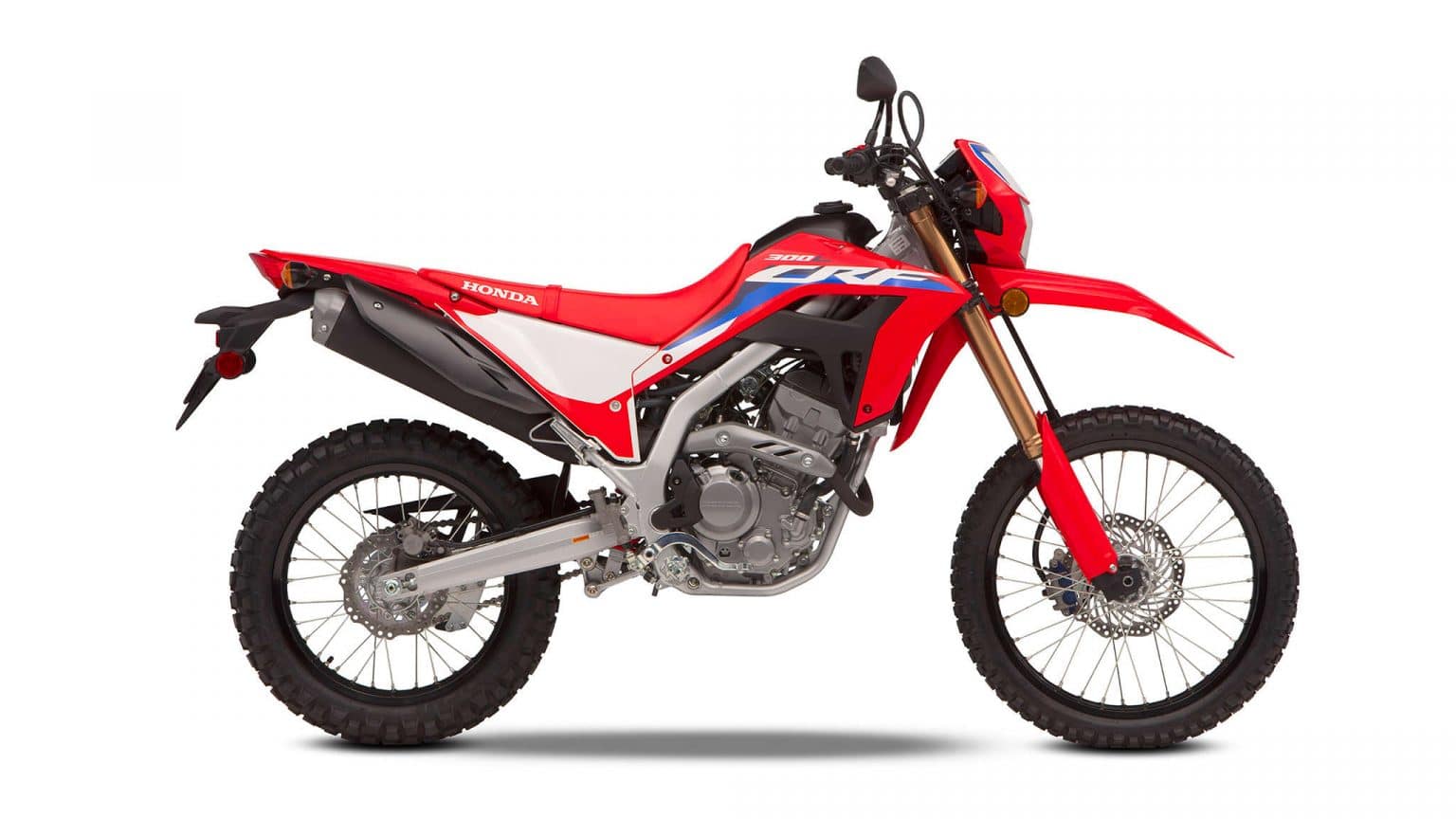History and Mountains
A classic loop fitting in the historical sites in Dien Bien Phu and some fantastic mountain passes, this 10 day itinerary is based on our popular 10 day Military March motorcycle tour. Then up to Sa Pa and Fansipan before heading downstream to Hanoi. It is best to take a minimum of 6 days for this 10-12 to make it very leisurely.
Some years ago, it was still quite difficult to get to the far Northwest of Vietnam. The road (QL6) was a thin winding ribbon of road. Although it was great to drive, it was slow and dangerous. Now that it has been widened, the traffic flows better and you can move more easily but it is still dangerous. High speeds claim the lives that blind corners once did.
A certain contingent of people travels to Dien Bien Phu because of military history. This was the last stronghold of the French and when it fell so did the French stranglehold on Vietnam.
Others are simply attracted by the high mountain passes and the winding roads, which are in good condition and make great riding. There is also a diverse cultural presence and local markets in small towns are an interesting sight.
There are many routes that are still only accessible by motorbikes, such as the old highway 6, or even the road to Phu Yen when the ferry cannot take cars.
This route can be driven by all drivers but those with minimal experience should stay on the tarmac. There is plenty of off road routes to be found for those that have experience.
Northwest Loop Route Map
10 Day Itinerary
Day 1: Hanoi - Mai Chau (140km, 4-5hrs)
This is a relatively easy ride on the first day. Yes, you will need to get used to the traffic and it is also quite a long way for Vietnam. But, the roads are sealed, flat and quite fast so you will find that you will make a good time.
The route takes you back up the Red River Delta through the rice plains and then over the hills to Mai Chau Valley.
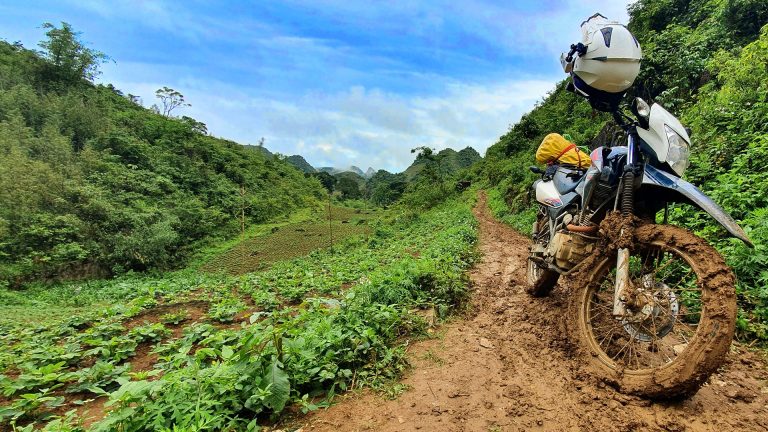
Day 2: Mai Chau - Bac Yen (170km, 5-6hrs)
We are now in the countryside and traffic loads are much lighter. Main roads are still blighted by trucks but we can keep off those quite a lot now. This is one reason why we divert to Bac Yen and use the old highway 6 rather than take the direct Moc Chau route.
Heading out of Mai Chau, on to old highway 6 and then crossing the river to get to Phu Yen. There are some small loops of a tougher route if you feel like it. Otherwise, it is straight over to Bac Yen for the night.
If there is a time you might like to head up to Ta Xua and drive the ‘Dinosaur’s Spine’. Be warned this is not for the faint-hearted.
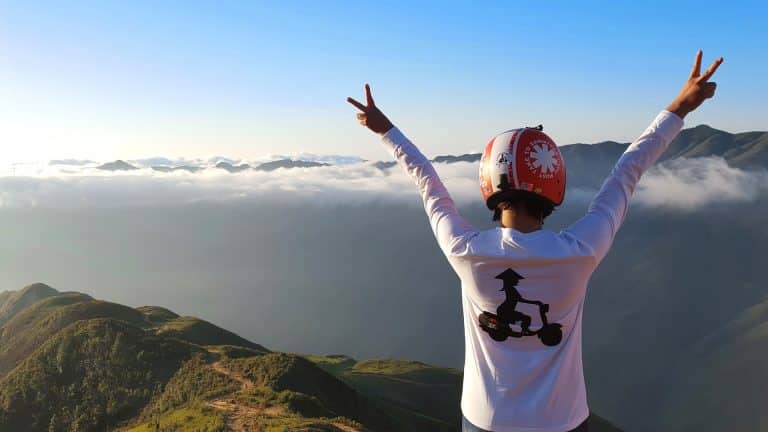
Day 3: Bac Yen - Son La (110km, 3-4 hrs)
Taking the DT110 will mean the route is longer but quieter and on a back road, not the main road. This is worth it. Considering the longer route is only 100km and not 90km it really doesn’t matter. There are good hotels in Son La and splashing out for this is a good idea. Make this an easier day that allows you time to see Ta Xua in the morning or to get to Son La early for beer and hot showers and laundry.
This is an easier drive and you could combine this with day 4 to allow for a rest day in Dien Bien Phu.
Day 4: Son La - Tuan Giao (100km, 3-4hrs)
Again, we suggest getting off the AH13 and taking the back roads. In this case the DT107 and the QL279. This will put you on to the quiet road that follows the river before heading through the hills to Tuan Giao.
The alternative is to take the main road and go over the Pha Din pass. This is a beautiful stretch of road with some great views but it can be busy. Also, Tuan Giao to Dien Bien Phu has more of the same.
Day 5: Tuan Giao - Dien Bien Phu (80km, 2-3hrs)
This is a short hop on the highway and you can make very good time, even if you stop for a lot of photos. If the weather is clear then there will be plenty of opportunities for photos. Arriving before lunch in Dien Bien Phu means that you will have time to look around in the afternoon. There are many historical sites such as the war museum and hill A25 to see. Don’t forget to try the spicy buffalo jerky.
The main road is fairly quiet by now, apart from a few cars and trucks. However, for anyone who is not interested in taking the main route, there are alternative loops. One of which will take you past the Dien Bien Phu campaign headquarters, which is well worth a stop.
Day 6: Dien Bien Phu - Sin Ho (160km, 5-6hrs)
Get an early start for this one as it is a long way on a small road that is sometimes narrow and windy. You will follow the valley route up to Muong Lay and probably make good time as the road is easy to drive. Here you can stop for lunch and then turn off to head up to Sin Ho. This is a climb of around 1,000m over the next 5km. Sin Ho itself sits at about 1,600m so prepare for the cold, especially in Winter.
Day 7: Sin Ho - Sa Pa (120km, 4-5hrs)
This begins with a challenging ride from Sin Ho to Lai Chau. There is the possibility of landslides here, particularly in the Summer months (rainy season). We then rejoin the main highway for an easy and scenic drive up to Sa Pa passing through the O Quy Ho Pass. With luck, you will see Mt Fansipan and get some good photos. Then it is down into Sa Pa town. There is an alternative to the highway on this stretch if you have the time to take it slowly a ‘feel’ the way.
Sa Pa can be a good place for a rest day. You can do laundry, take the cable car, trek, eat western food, etc…
If you feel Sa Pa town is too built up for your liking, you can stay in a small family-run homestay down in the valley. Bear in mind you will need at least an hour of daylight to get there and find your place. Book ahead as places get full.
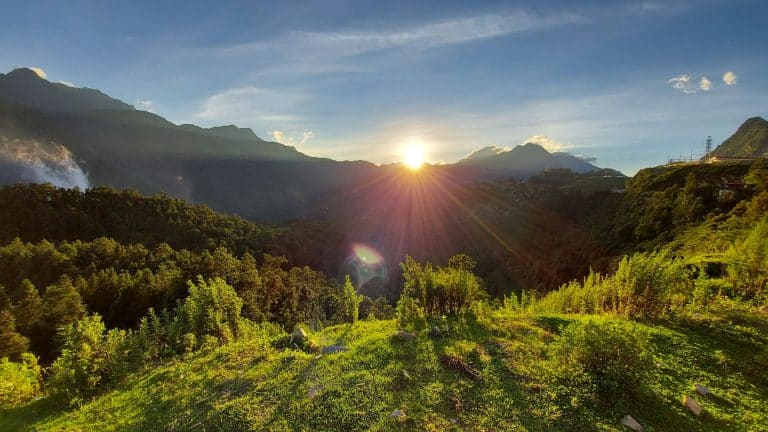
Day 8: Sa Pa - Bao Yen (130km, 4-5hrs)
You can take the back road down the mountain, which is a much quieter and more scenic route. It is also easier if you are staying in the valley. You follow the river and pass the numerous dams to get the main Hanoi / Lao Cai highway. Luckily, the road here is not as busy as it is close to Hanoi and it is only a short stretch before you turn off to Vinh Yen.
The road winds through the valley with tall peaks on either side. You come out to a fairly remote area where the homestay is. There is little to see or do here and that is the charm.
Day 9: Bao Yen - Vu Linh (130km, 4-5hrs)
You are forced to backtrack some 20km today to get on to the road to Vu Linh. This is not such a bad thing and doesn’t take long. You then head for the small town of Luc Yen (famous for gemstones) and skirt the shores of Thac Ba lake on your way to the overnight stop.
Here there are several homestays, some in the village and some on the lake. This is a good place to relax, swim and take it easy. The home run to Hanoi may be sight but don’t go too crazy here.
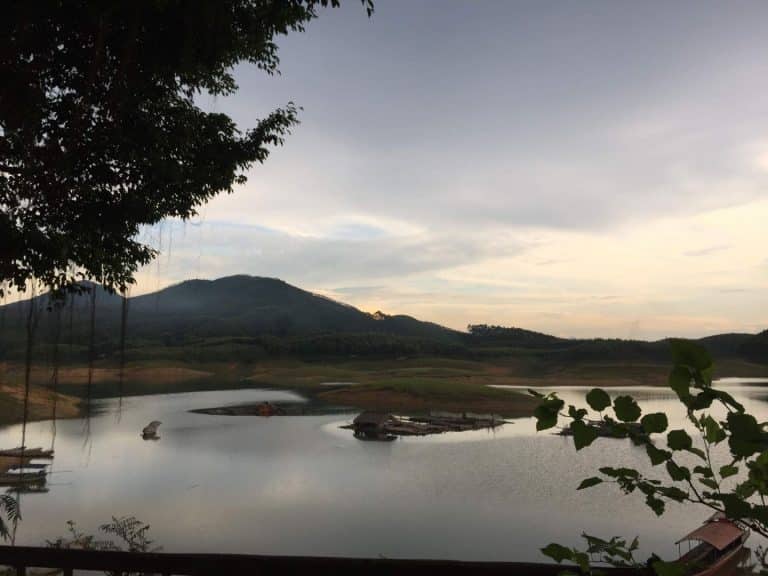
Day 10: Vu Linh - Hanoi (170km, 4-5hrs)
This is the final run into home and is on a good quiet road for the most part. Try to leave earlier than you think necessary because coming back into Hanoi traffic at rush hour can be a shock.
You will ride alongside Tam Dao mountain range and traffic will slowly increase the further you go.
Information on the Destinations
Mai Chau
This is a mountainous rural district of Hoa Binh Province just to the South West of Hanoi. The local people are of Thai ethnicity and have ancestors from the White Thai and the Black Thai groups. The houses are a predominantly stilted house (pile dwellings) and are made of timber and bamboo. The stilts help to prevent damage from flooding and provide shelter for animals.
The main concerns in the area are deforestation, littering and the pressure on resources from increased tourism.
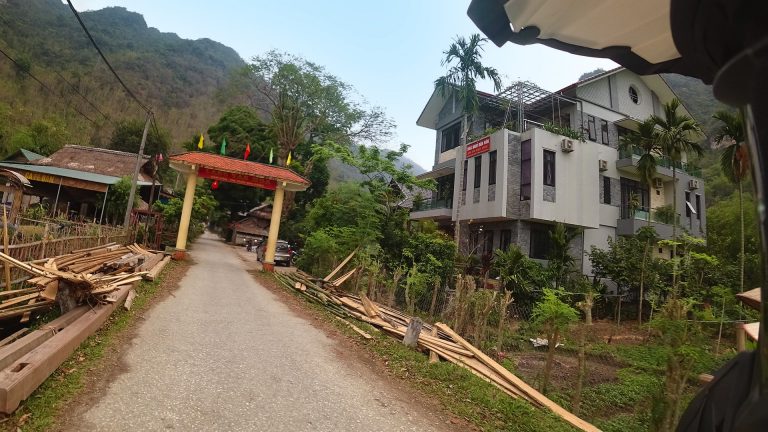
Bac Yen
It is a very small rural town to the West of Hanoi with a population of less than 50,000. The local ethnic group is Hmong who lives mainly on the upper slopes and away from the town itself. It is very close to Ta Xua, which is an even smaller town and situated much further up the slopes, and Phu Yen, which is bigger and has more amenities.
Son La
It is the provincial capital of Son La and is a medium-sized town. It originated as a fort settlement of the Black Thai. You can also visit the prison here that was used by the French to hold revolutionaries. There are many hotels here with a wide range of price points.
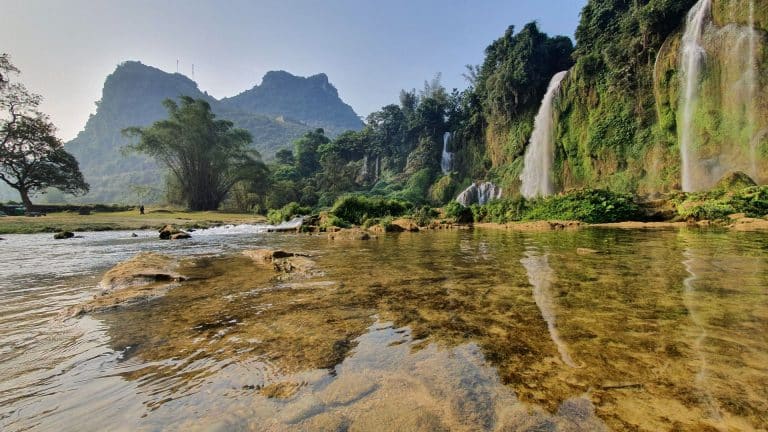
Tuan Giao
A small town, not more than a crossroads really. You can find basic accommodation and food options here. This is the point where you decide to go to either Dien Bien Phu or Muong Lay (formerly Lai Chau).
Dien Bien Phu
The provincial capital steeped in military history. It is relatively quiet on the streets and it has a calm feel about it. There are many tourist sites to see here and it is well worth spending a day or two in town. There is a wide range of food and hotel options.
Sin Ho
A small town nestled high up in the hills surrounded by peaks. The road is only recently built and used to be quite demanding, therefore, mass tourism was diverted to Sa Pa and Dien Bien Phu. This place is still less known and less visited so it is a good place to experience.
Sa Pa
THE tourist destination of the last decade. This is a small (but quickly growing) hill station set up by the colonial French as a getaway from the heat of Hanoi. You will find every tourist need catered for along with tribes of group tourists. It is a good place to stop and recharge but mustn’t be the only place you visit.
Bao Yen
Another very small crossroad town. There is not much here and we pass through quickly. Some locals are of the Giay ethnic group.
Vu Linh
It is set on the shores of Thac Ba Lake and in the local Dzao community. It is a haven for those wishing to get out of Hanoi. Again, this influx of tourism and the locals’ eagerness to profit wreak havoc on the local environment.
The Take-Away of the North West Loop
This Northwest Loop is a fantastic experience for anyone who rides it. To fully enjoy this, you need to have prior experience riding and touring. However, if you are a beginner we can adjust the route and time frame to suit you.
